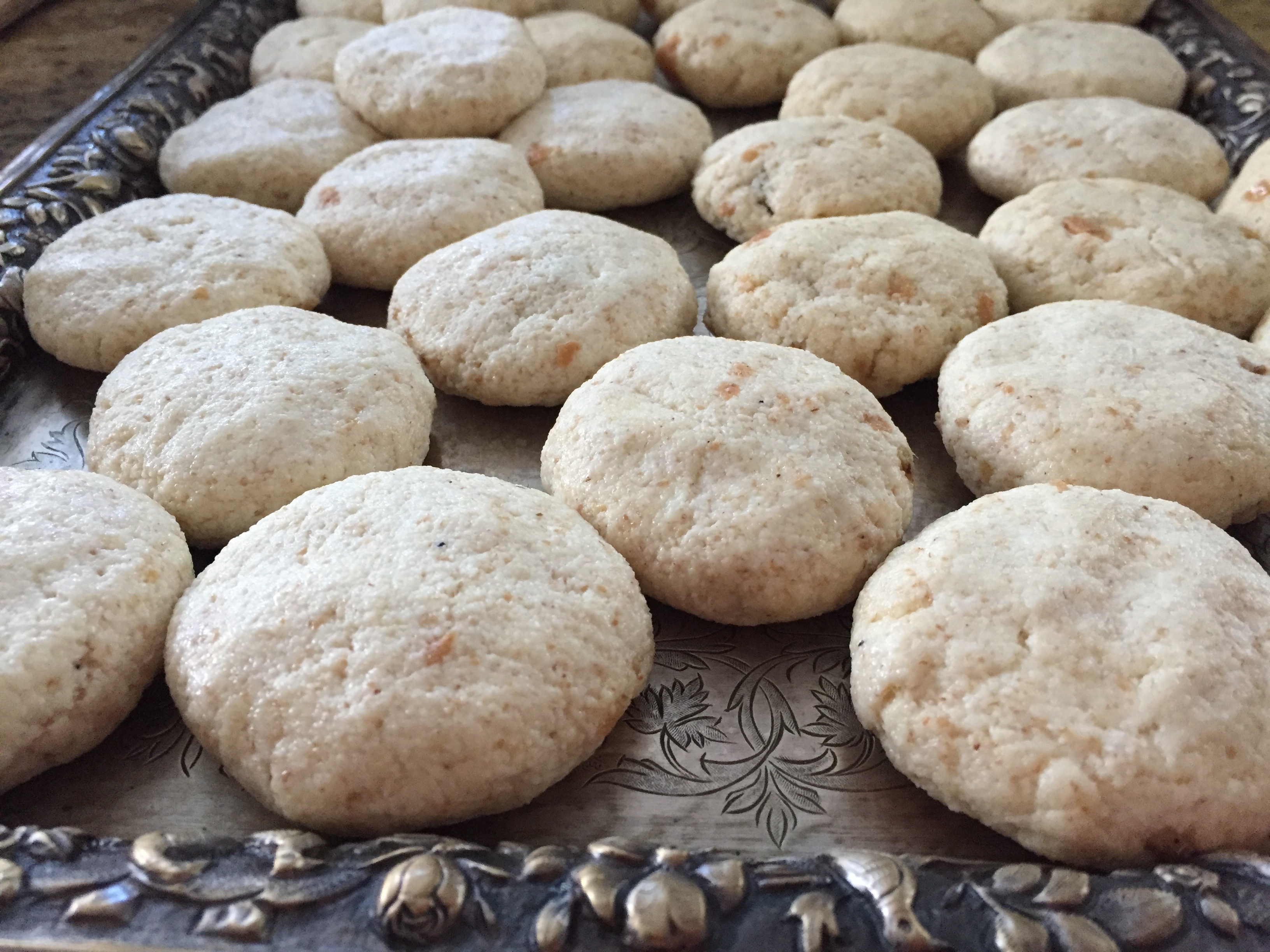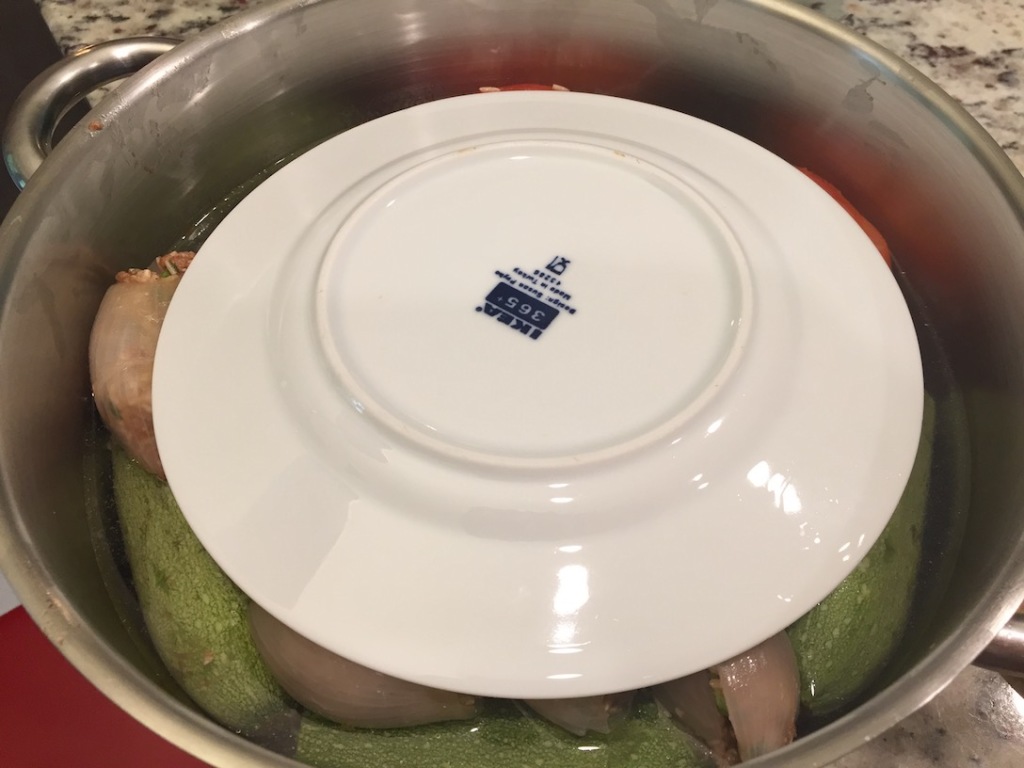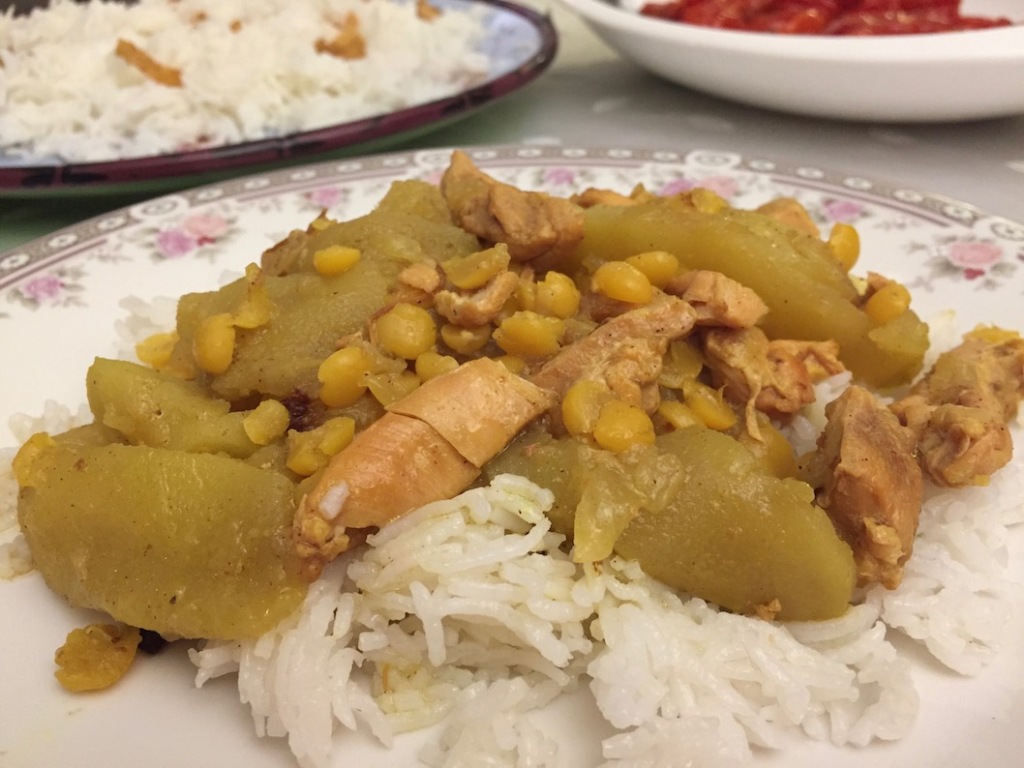Kubbeh hamousta (sour kubbeh in Kurdish) is one of the better known Kurdish classics. It was also one of my grandmother’s signature dishes. When she wanted to make sure we’d come visit, she would make kubbeh hamousta and call all her children to let them know. Not that we didn’t go see her anyway, but it was certainly a great pleasure to enjoy her kubbeh and see how happy it made her. Even when she got very old and could barely use her broken, aching hands, my grandma still insisted on making kubbeh hamousta for us. That was only one of her many ways to show her love to her six children, twenty-two grandchildren, and forty-four great grandchildren.
I had the privilege to spend many precious hours with my grandma, and learn from her the art that is Kurdish cuisine. The recipe below is my grandmother’s version for kubbeh hamousta. Although there are other versions out there, I wanted to remain true to her flavors and techniques. This way I feel I can pass on her legacy and continue my old world tradition.

Ingredients:
For the filling:
2 tbs vegetable oil
1 medium onion
1lb fatty meat (like chuck), cut into ½ inch cubes (I buy it pre-cut as Carne Picada)
Salt (to your liking)
½ tsp Black pepper
3 cloves garlic, minced
½ cup celery leaves, chopped very thinly
For the soup:
1 large onion, chopped
1 celery bunch with leaves, rinsed and cut into ½ inch strips
1 Swiss chard bunch (6-7 leaves), rinsed and cut into 1 inch strips
3 leeks
1 head garlic, cloves peeled and sliced
8 cups water
½ tsp. citric acid or juice from 2 lemons
2 heaping tbs. chicken soup powder
Salt
Black pepper
Preparation:
Heat 2 tablespoons of oil in a large sauté pan. Add the chopped onion and sauté until onion is translucent. Add the meat, salt, and pepper, and sauté over low heat, stirring occasionally, until the meat is crispy and well browned.
Remove the pan from the heat and add the celery and the garlic. Mix well and set aside to cool. The filling can be made in advance and kept in the refrigerator.

To make the soup, cut off the dark green part of the leeks and use only the white and light green parts. Cut the leeks lengthwise, then rinse under running water to remove all dirt and sand, inside and out. Slice the leeks into ½ inch strips.
In a large soup pot, heat the oil and sauté the onions.
Add the celery, Swiss chard, leeks, and garlic and sweat to extract the flavors of the veggies.
Add water and spices and bring to a boil. Lower the heat and simmer on medium low heat for about 30 minutes.
* Be very cautious when using citric acid. It is very strong and powerful when added to food. A tiny bit goes a long way, so be super careful with the quantities. The soup needs to be sour but in a pleasant way. You may want to adjust the amount of the citric acid to your liking.
While soup is simmering, make the Kubbeh dumplings following the picture step by step recipe in my blog.
Once done, you’ll have a tiny adjustment to make for the hamousta recipe. The shape of the kubbeh is slightly different. After you’ve created perfect balls, place each ball between the palms of your hands and slightly press to flatten it.

Very gently, add the kubbeh dumplings to the soup, moving them gently occasionally, using a wooden spoon, to make room for more kubbeh dumplings to be added. Once you have all the kubbeh in the soup, cover the pot and simmer for 45 minutes.

































